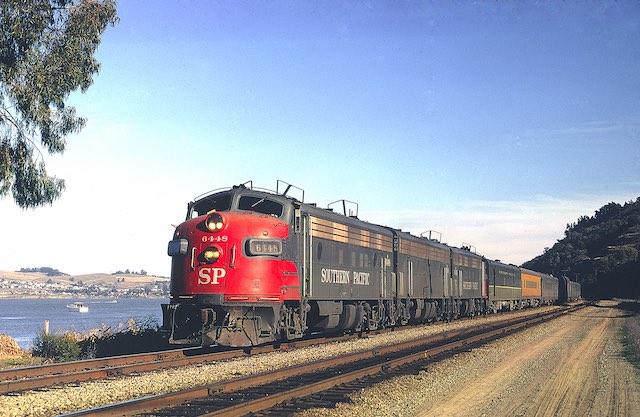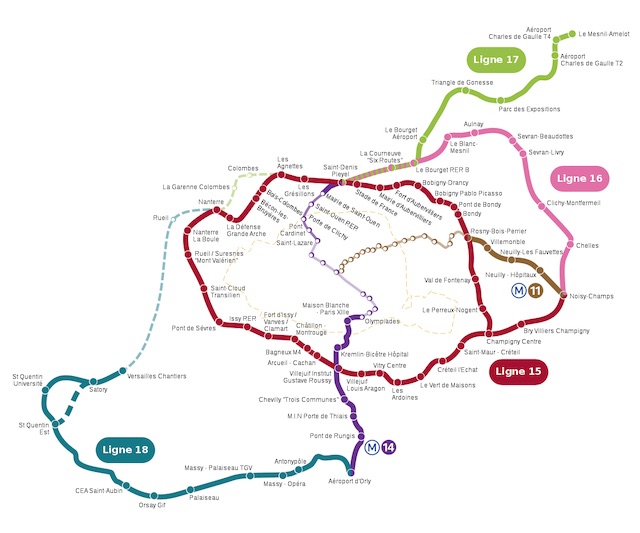Today is the 50th anniversary of Congressional passage of the Rail Passenger Service Act, which created the National Railroad Passenger Corporation, later known as Amtrak. This law was based on several factual errors, the most important one being a claim that passenger trains could make money if only they were freed from the stodgy railroad executives who supposedly preferred freight over passenger service.
Early Amtrak train to San Francisco from Chicago. It took several years to repaint all of the equipment into Amtrak colors. Photo by Drew Jacksich.
Passenger train ridership had been declining since 1920 and the decline accelerated after World War II. A 1958 report from the Interstate Commerce Commission predicted that intercity passenger trains would disappear by 1970. In response, Congress passed legislation making it easier for the railroads to stop running interstate trains. Continue reading









